I am a novice in using R for multivariate analysis . I am trying to get a RDA plot depicting the relationship between my species abundance and environmental data. I have 6 environmental variables. But when I obtain the plot, I am able to see only only two vectors representing two variables alone. The commands I have used are below.
data <- read.csv("all_data.csv",h=T);
library(vegan)
sp1 <- data[,c("Sample","Acidobacteria","Actinobacteria","Aquificae","Bacteroidetes")];
env1 <- data[,c("Nitrogen","TOC","Phosphate","Sand","Silt","Clay")];
myrda <- rda(sp1,env1)
plot(myrda,scaling=2)
Someone please help me out with this. I wish to see all the 6 environmental parameters in my RDA plot.
